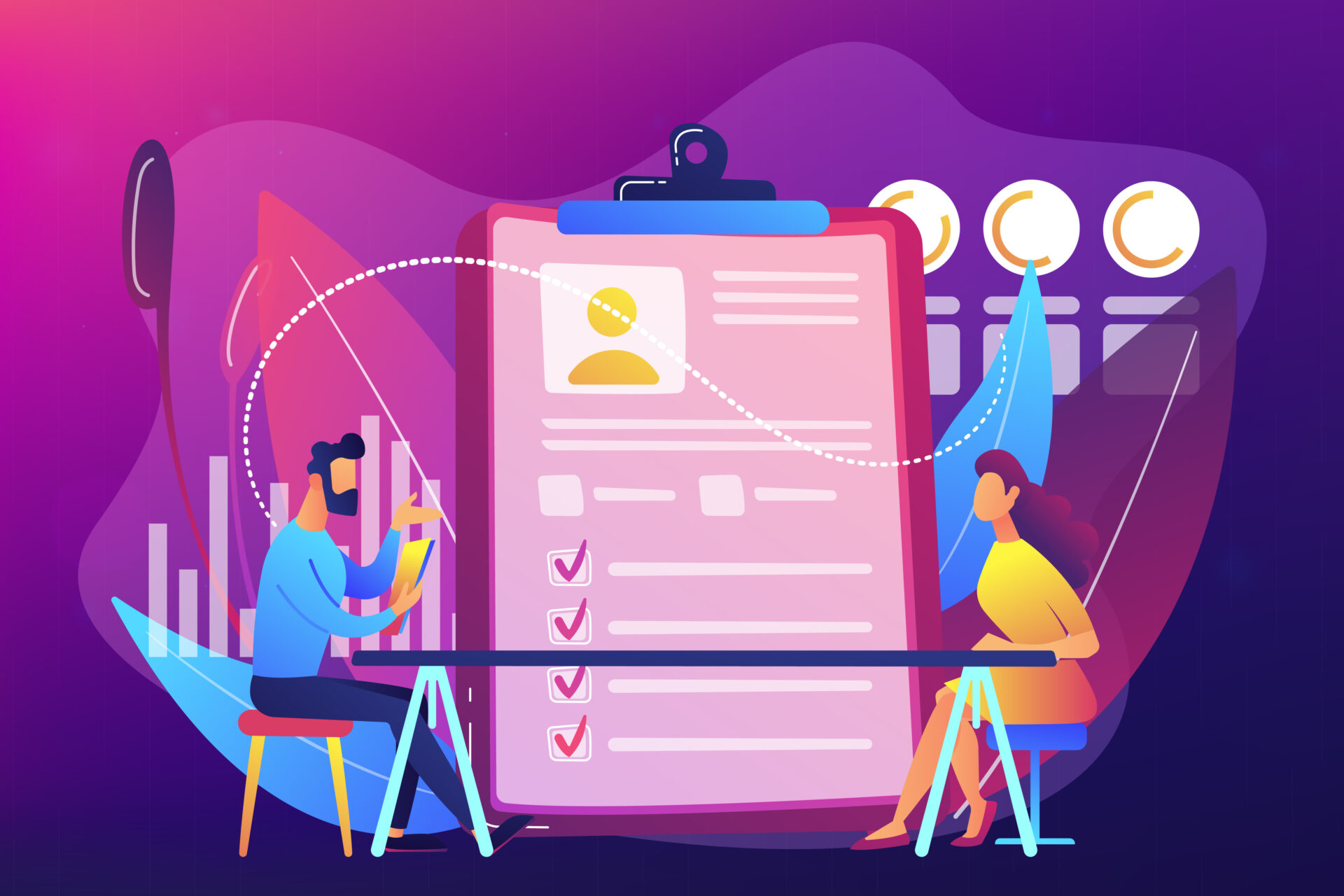Recently, many organizations have worked to create a learning ecosystem that supports the continued growth of their employees and the overall business. However, in doing so, the focus has solely been on the learning function within the organization, thus missing other factors required for an effective and sustainable learning ecosystem. A fully capable learning ecosystem takes more than one department. It is an infrastructure. More importantly, it is an infrastructure that works together. According to Big Think and ATD, a learning ecosystem involves an organization’s people, technology, data, processes and culture all working together to incorporate and support learning across the enterprise.
Suffice it to say, it takes multiple teams to manage an organization’s people, technology, data, processes, and culture. Therefore, a learning ecosystem’s success will not just stem from an organization’s learning and development department, but from multiple teams throughout the organization working in concert.
Having an eye on the full scope of the organization, from its culture to its processes, is necessary to achieve and sustain a successful learning ecosystem. Fundamental processes, like the performance review process, should be centered on the important role learning plays in an employee’s growth, to both reflect and prioritize the organization’s learning culture. This approach establishes the foundation for an effective and sustainable learning ecosystem.
A company’s culture can stifle its learning ecosystem
Company culture is seen through the behaviors and attitudes of individuals within a company, usually influenced by their values and beliefs. Forbes describes culture as an organization’s DNA that defines how teams perform and interact. For many organizations, it is their culture that creates what “The Modern Learning Ecosystem” calls opportunity gaps, which can stifle a learning ecosystem.
It is common for companies to experience opportunity gaps in mindset and priority. Mindset opportunity gaps fail to see learning as a critical function of the organization. Priority opportunity gaps fall short in prioritizing learning in day-to-day work life. Often, priority gaps can be the result of mindset gaps, where if learning is not viewed as a vital part of the organization’s capabilities to achieve success and innovation, then it is often sidelined. Instead, the achievement of specific business goals is prioritized, passing over the learning necessary to achieve those goals.
The performance review process influences company culture
Leveraging processes within the organization—another component of the learning ecosystem—can help shift a company’s culture toward learning. Specifically, the performance review process can spur a cultural change to close learning opportunity gaps and support a healthy learning ecosystem. In most organizations, the traditional performance review process narrowly focuses on the achievement of business goals and one’s performance in doing so. Through this style of performance review, the company prioritizes and rewards what it deems most important to the organization. Shifting or modifying the performance review process to include L&D can act as a catalyst to redefine priorities and subsequent rewards for employees.
A performance development process can build a learning culture to support a sustainable learning ecosystem
Performance development is a type of performance review that can change how an organization views learning by bringing learning and growth to the forefront. LinkedIn defines performance development as a performance review process that focuses on continuous growth, learning and career advancement.
Because the performance review process prioritizes and rewards what the organization highly values, shifting to a performance development model can better align the review process to the organization’s overall vision for a learning culture and serve as a critical first step toward an effective and sustainable learning ecosystem.
Cross-functional teams are necessary to establish and maintain an effective learning ecosystem
The challenge in implementing performance review changes to establish a strong learning ecosystem lies in how most organizations are structured. Traditionally, an HR division has one team to oversee performance reviews and another team for L&D. These silos inhibit the collaboration necessary for a learning ecosystem to thrive.
Typically, the L&D team works alone in an attempt to develop a fully functional learning ecosystem—usually focused heavily on content and technology. A strong and sustainable learning ecosystem, however, will require leaders working together, not only in L&D, but across the whole of HR and the organization. Multiple teams (internal and external to HR) must collaborate to understand the interconnectedness among the organization’s culture, processes, technology and data, and use this knowledge to align the company’s strategy and resources with its vision for an effective learning ecosystem.
Implementing performance development for a sustainable learning ecosystem will likely require change management. Depending on an organization’s current culture, investment in leadership development and changes to employees’ everyday workflow may be needed. Performance development relies on continuous feedback and coaching. Leaders within the organization not only need to feel confident with this type of employee support they also need to feel comfortable with the frequency of feedback and coaching that best suits organizational needs. Potential changes to employees’ everyday workflow should also be considered.
If the organization does not traditionally carve out time for learning, department leaders will need to think about realistic opportunities for their teams to integrate learning time into their everyday workflow. Both leadership development and changes to everyday workflow to accommodate performance development are likely systems and initiatives that currently interact with other elements of a learning ecosystem.
Taking the necessary time to realize the interdependencies within the organization will be vital to successfully build a performance development strategy that lays the groundwork for an effective and sustainable learning ecosystem.

















